Runner plants grow uniquely; they send out stems that creep along the ground and form new plants.
These stems, known as runners or stolons, enable the plant to spread rapidly across garden beds and lawns.
Runner plants can be both helpful and troublesome. They fill empty spaces in gardens fast and create ground cover, but some might take over areas where they aren’t wanted.
However, understanding how these plants function helps gardeners utilize them effectively, and different types of runner plants are commonly found around.
Significant Features of Runner Plants
| Trait/Characteristic | Description |
|---|---|
| Spread Mechanism | Horizontal stems that move across the soil surface, producing new plants along their length. |
| New Plant Formation | New plants are genetically identical to the parent plant. |
| Seedless Reproduction | Can multiply without the need for seeds. |
| Main Stem Behavior | The main stem stays rooted in one spot, while horizontal stems spread outward. |
| Growth Characteristics |
|
| Adaptability | Strong adaptation to various soil conditions. |
| Survival Advantage |
|
| Soil Adaptability | Performs well in less-than-perfect soil, handling dry spells better than many other plants. |
Different Types of Runner Plants Examples
Seeking plants that spread via runners? Here’s a helpful list of plants that grow and multiply using this special method:
1. Strawberries
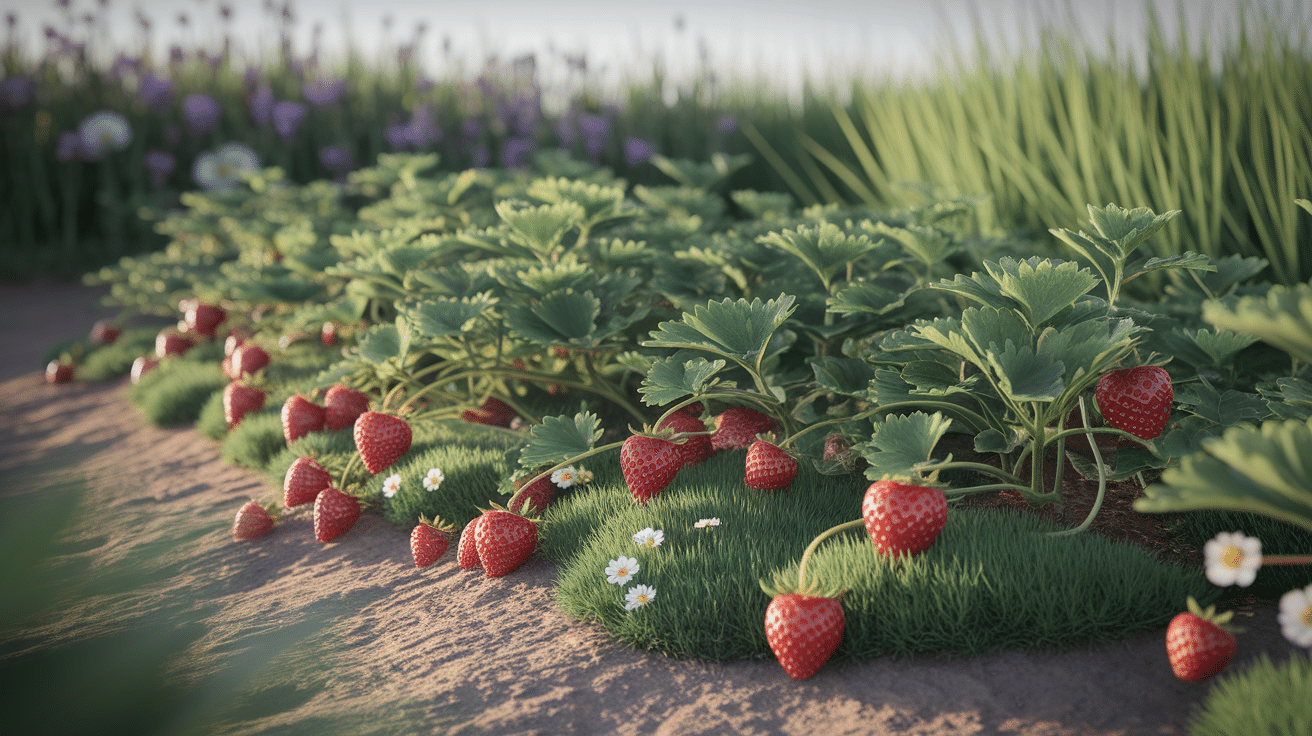
These tasty fruit producers send out runners in all directions. The mother plant creates long stems that touch the soil and form new plants.
Each new plant grows its roots and leaves. Strawberries can fill a garden bed within one growing season. They work well in raised beds or hanging baskets where their runners can cascade down.
2. Mint
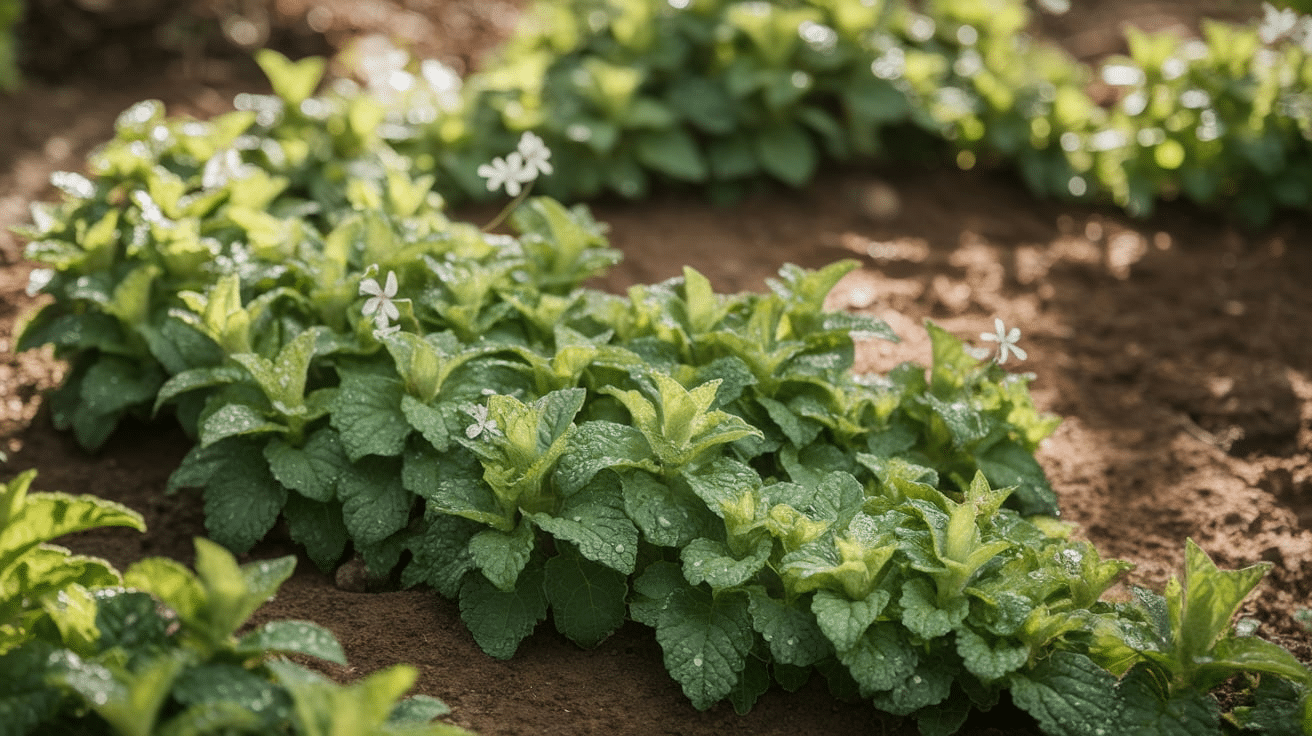
This aromatic herb can fill a garden bed within weeks. Mint runners move both above and below the soil surface.
The stems root wherever they touch moist ground. Many gardeners grow mint in containers to control its quick spread. Fresh mint leaves add flavor to drinks, desserts, and savory dishes.
3. Spider Plants
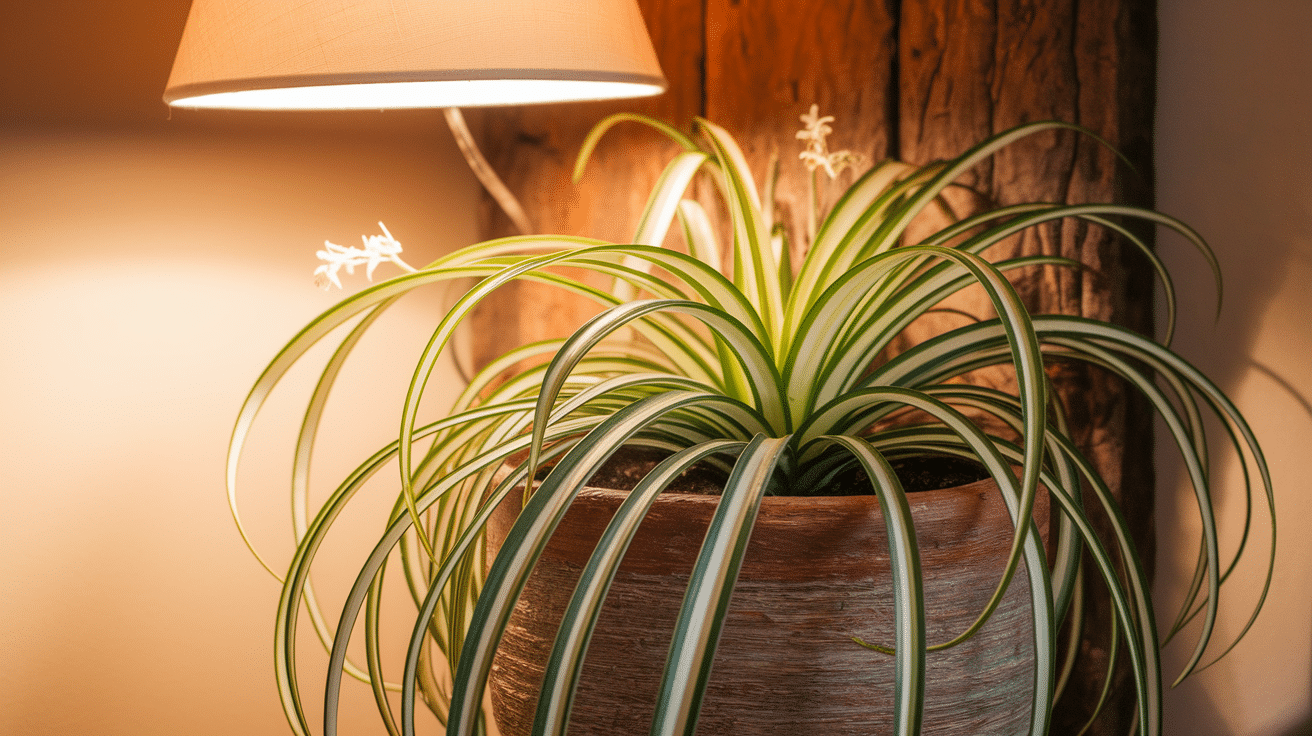
Common houseplants that create baby plants on long stems. These babies hang from the mother plant, looking like spiders on a web.
Each baby plant can be cut off and potted to grow a new plant. Spider plants clean indoor air and require minimal care. They thrive in bright, indirect light with occasional watering.
4. Bugleweed
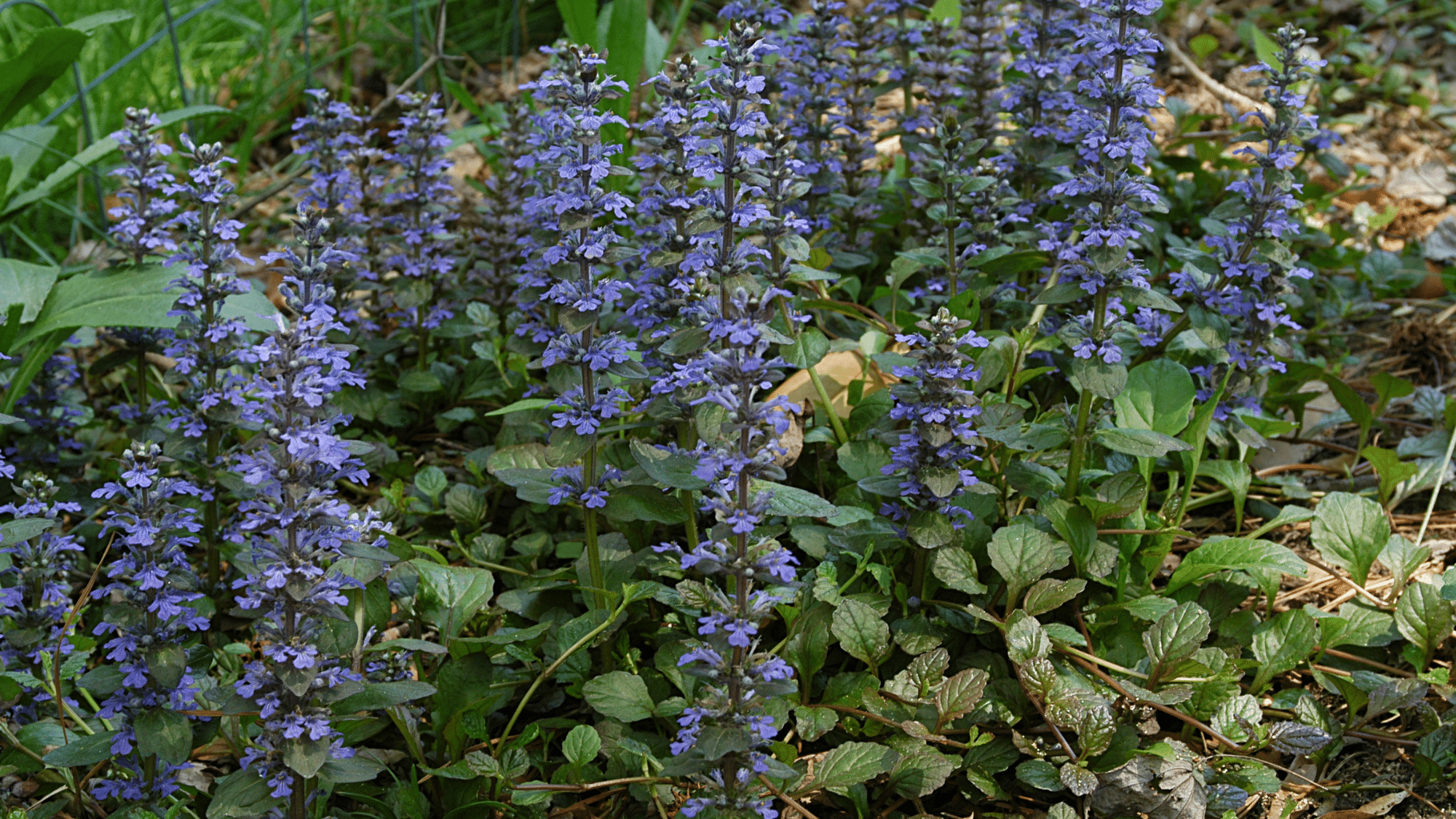
This hardy plant creates a thick ground cover with blue flowers in spring. It spreads by underground runners that pop up new shoots.
Bugleweed grows well in shady areas where grass struggles. In mild climates, it stays green year-round. Its small blue flower spikes attract bees and other helpful insects.
5. Creeping Jenny
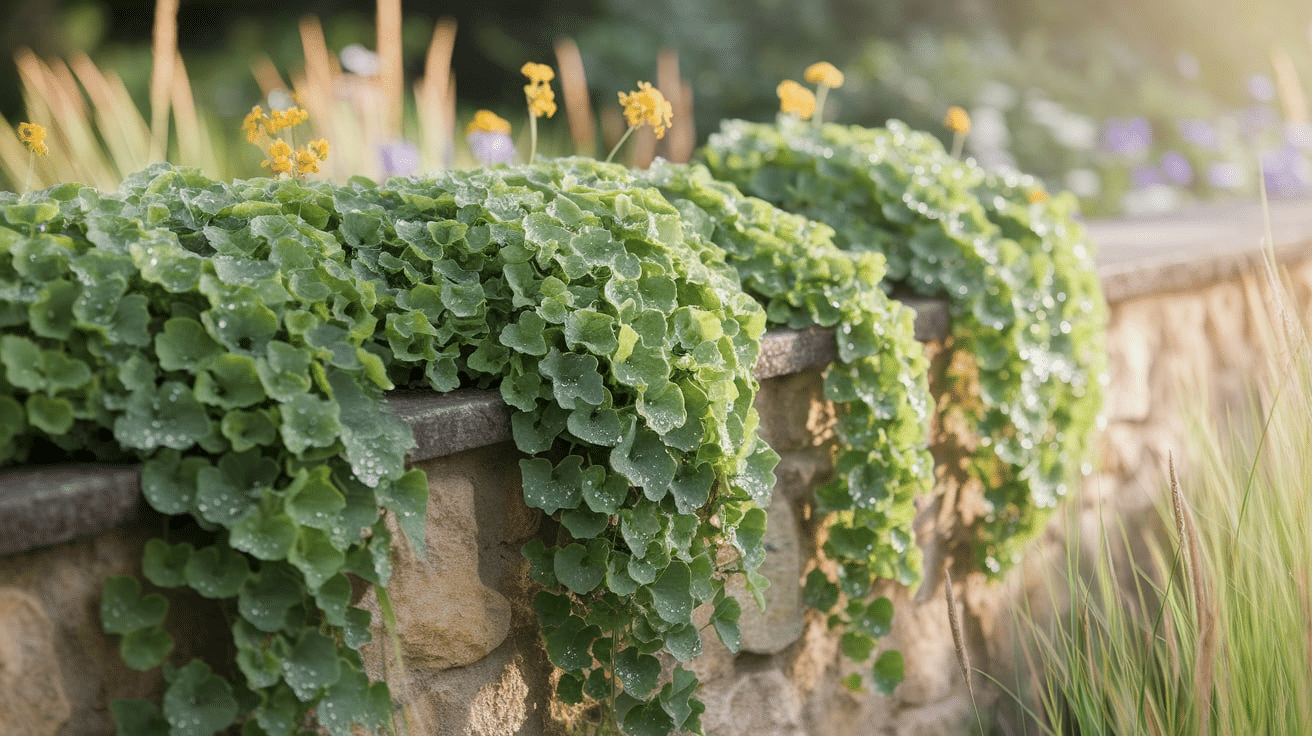
This low-growing plant features bright yellow-green leaves that spread quickly. It forms a mat of round leaves on thin stems.
It works well between stepping stones or at the edge of containers. Creeping Jenny turns more golden in full sun. It can handle wet areas and poor soil where other plants fail.
6. Creeping Phlox
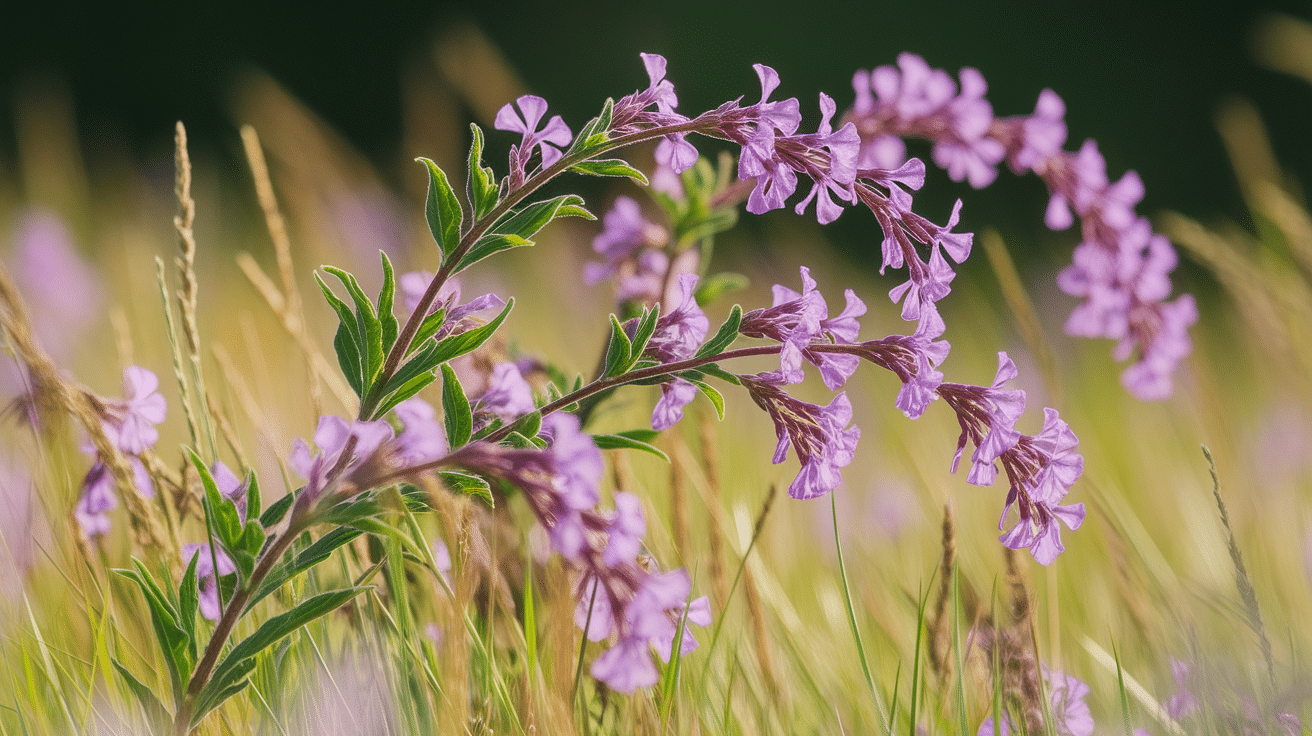
Forms a carpet of pink, purple, or white flowers. This spring bloomer covers slopes and rock gardens with color.
The plant stays low to the ground year-round. Its needle-like evergreen foliage looks good even without flowers. Creeping phlox needs good drainage and performs best in full sun.
7. Sweet Potato Vine
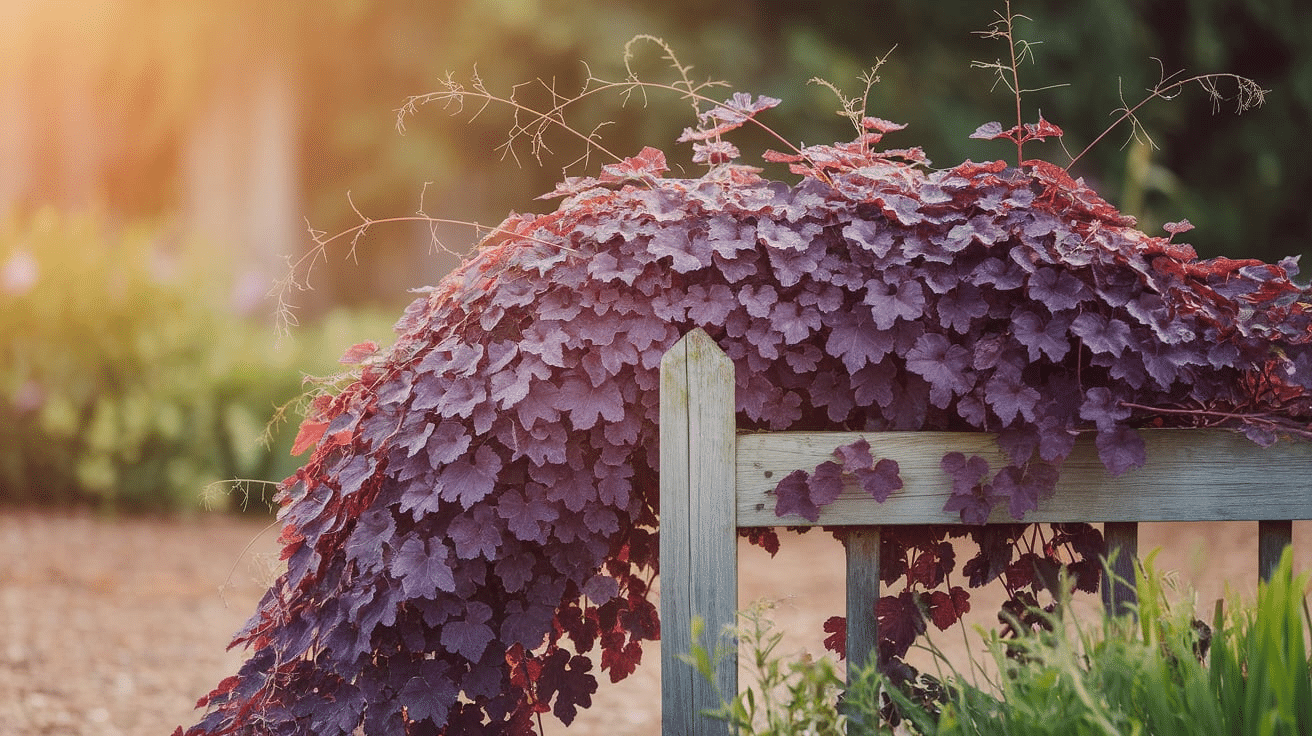
Produces beautiful foliage in shades of green or purple. However, grown for its leaves, not potatoes, in gardens. The heart-shaped leaves spread rapidly during warm weather.
This plant trails over walls and fills containers with lush growth. The sweet potato vine dies back in winter but returns in spring with the warmth.
8. Periwinkle (Vinca)
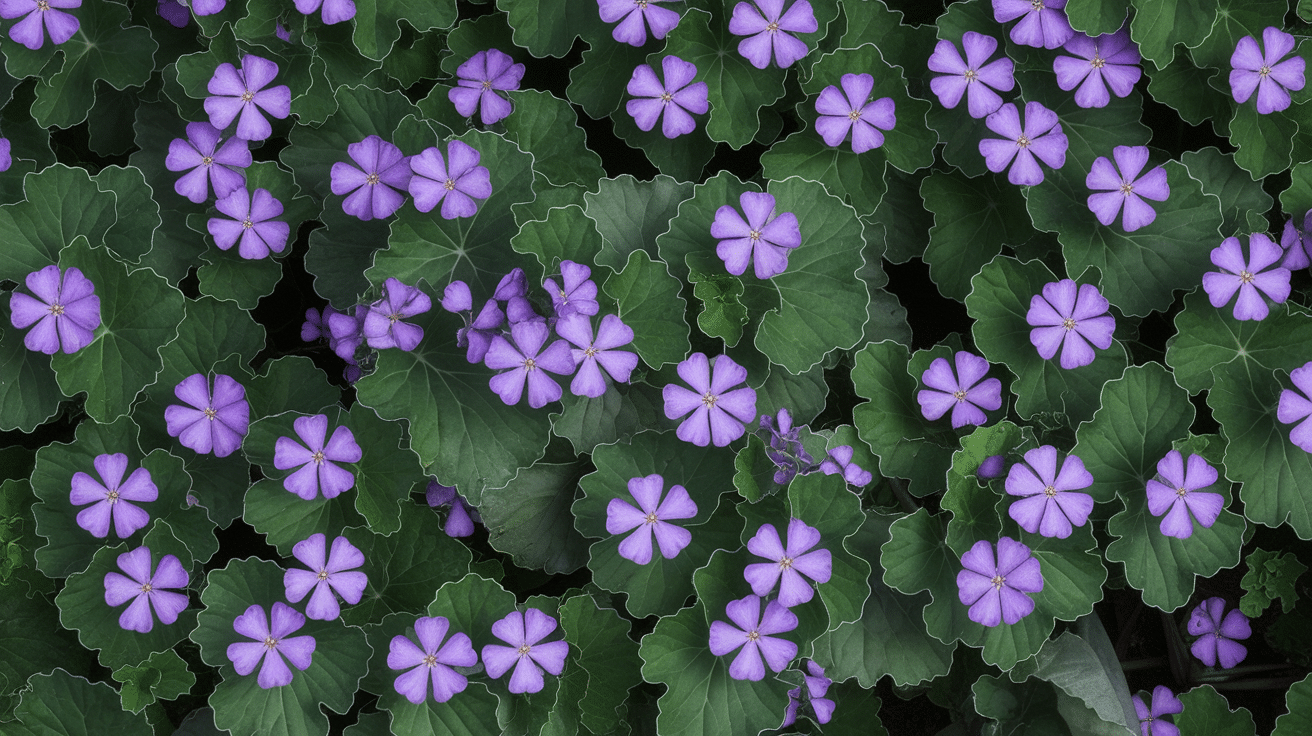
Shows off glossy leaves and blue-purple flowers. This tough ground cover grows in places where little else will.
Its small flowers appear throughout the growing season. In mild climates, the periwinkle stays green all winter. It helps prevent soil erosion on slopes and banks.
9. Ajuga
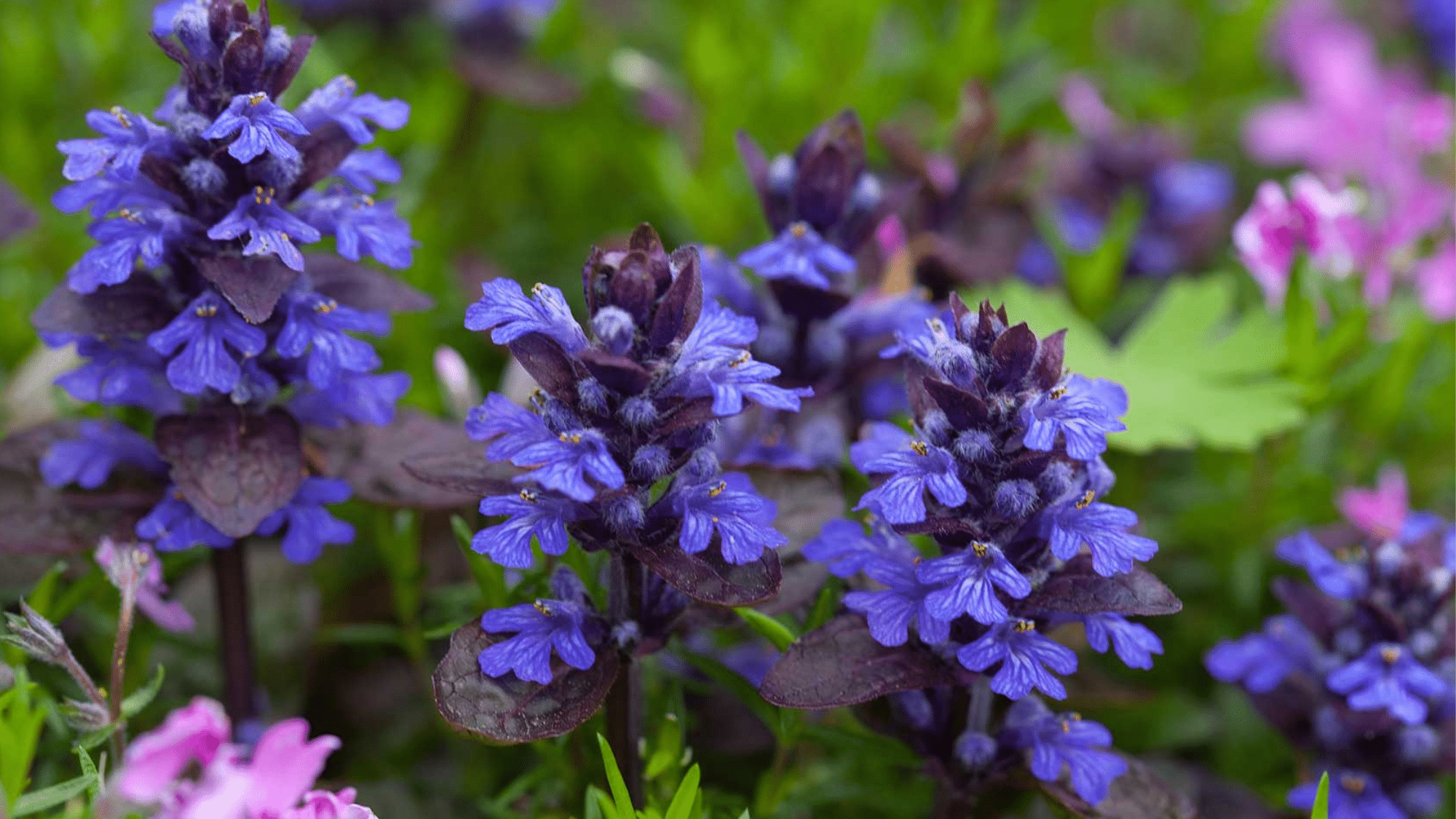
Displays dark leaves and blue flower spikes. Also known as carpet bugle, this plant forms a dense mat. Its leaves may show purple, bronze, or variegated patterns.
Ajuga blooms in early spring with tall stalks of small flowers. It crowds out weeds and thrives in partial shade.
10. Lily of the Valley
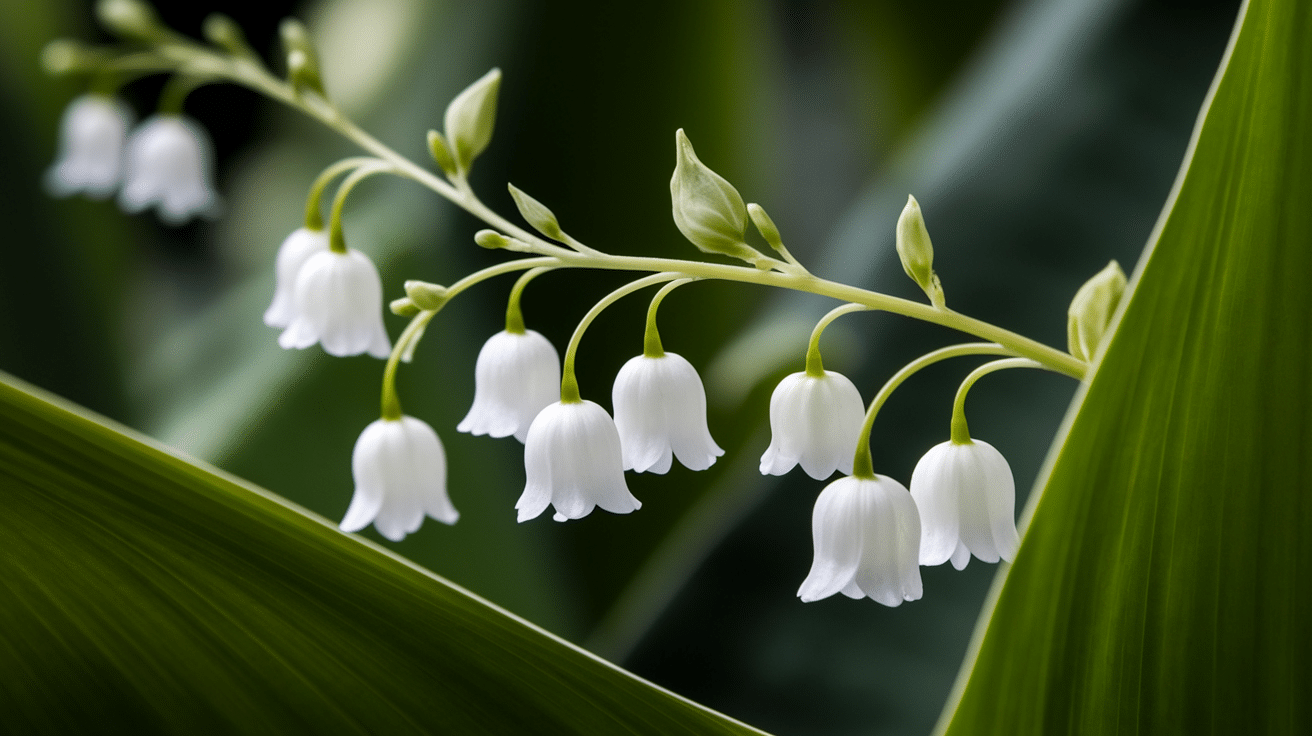
Grows small, bell-shaped, white flowers with a sweet scent. This woodland plant spreads through underground runners called rhizomes.
The fragrant blooms appear in spring above the green leaves. All parts of this plant contain toxins, so handle with care. Lily of the Valley grows best in cool, shady spots.
11. Bermuda Grass

Common lawn grass that spreads through runners. It creates both above-ground stolons and below-ground rhizomes.
Bermuda grass withstands foot traffic and quickly recovers from damage. It turns brown in winter but greens up quickly in spring. This grass type needs full sun and regular mowing.
12. St. Augustine Grass
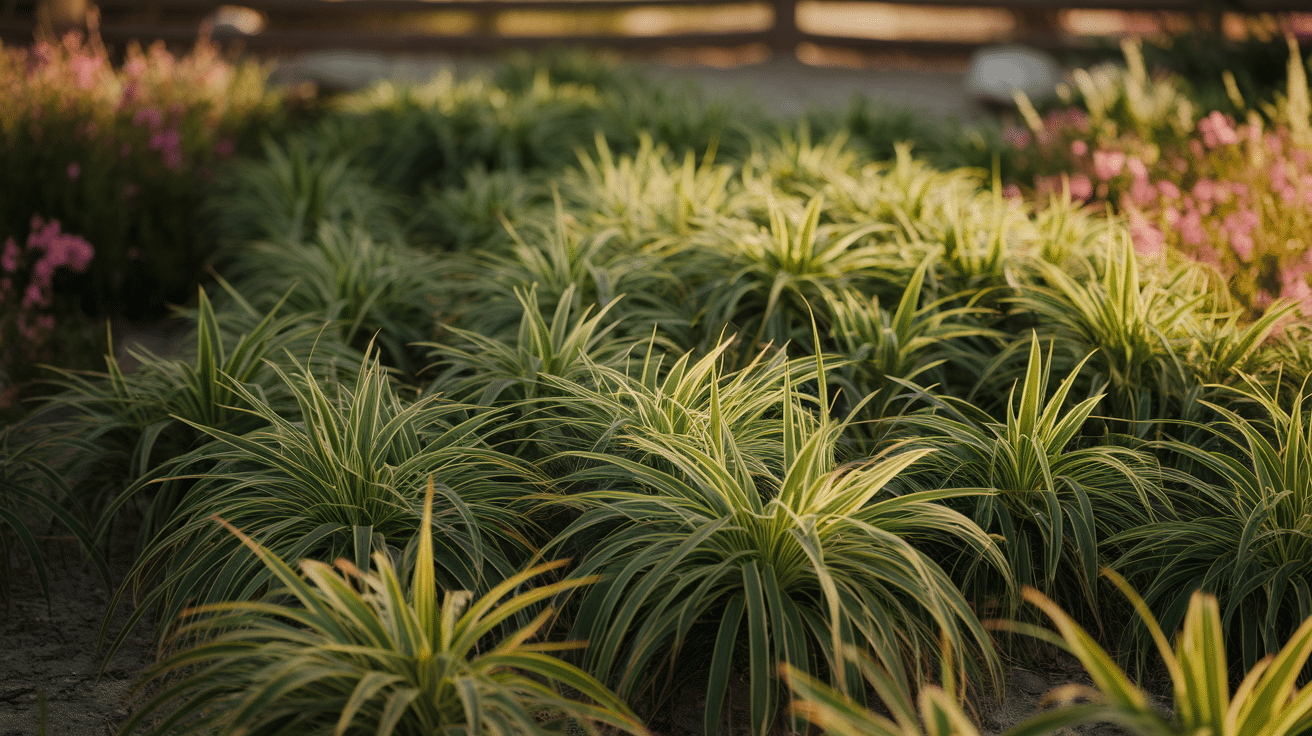
Thick lawn grass is ideal for warm climates. The broad, flat stems creep along the ground and root easily. This grass forms a dense carpet that chokes out most weeds.
St. Augustine prefers humid areas and coastal regions. It maintains color during mild winters in southern states.
13. Purslane
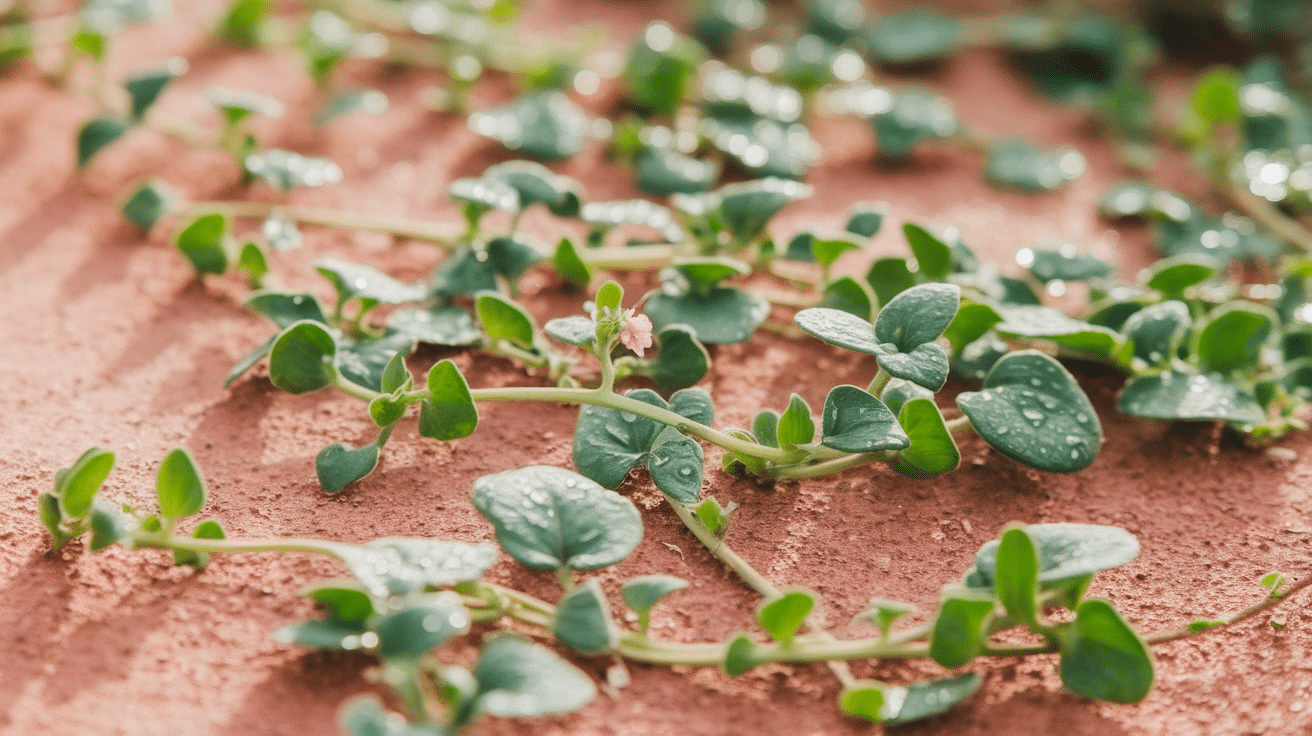
Low-growing plant with small, round leaves. Some types are grown for their edible, slightly tangy leaves.
The succulent-like stems root wherever they touch the soil. Purslane can withstand hot, dry conditions with ease. It produces tiny yellow flowers that open only in bright sunlight.
14. Spotted Dead Nettle
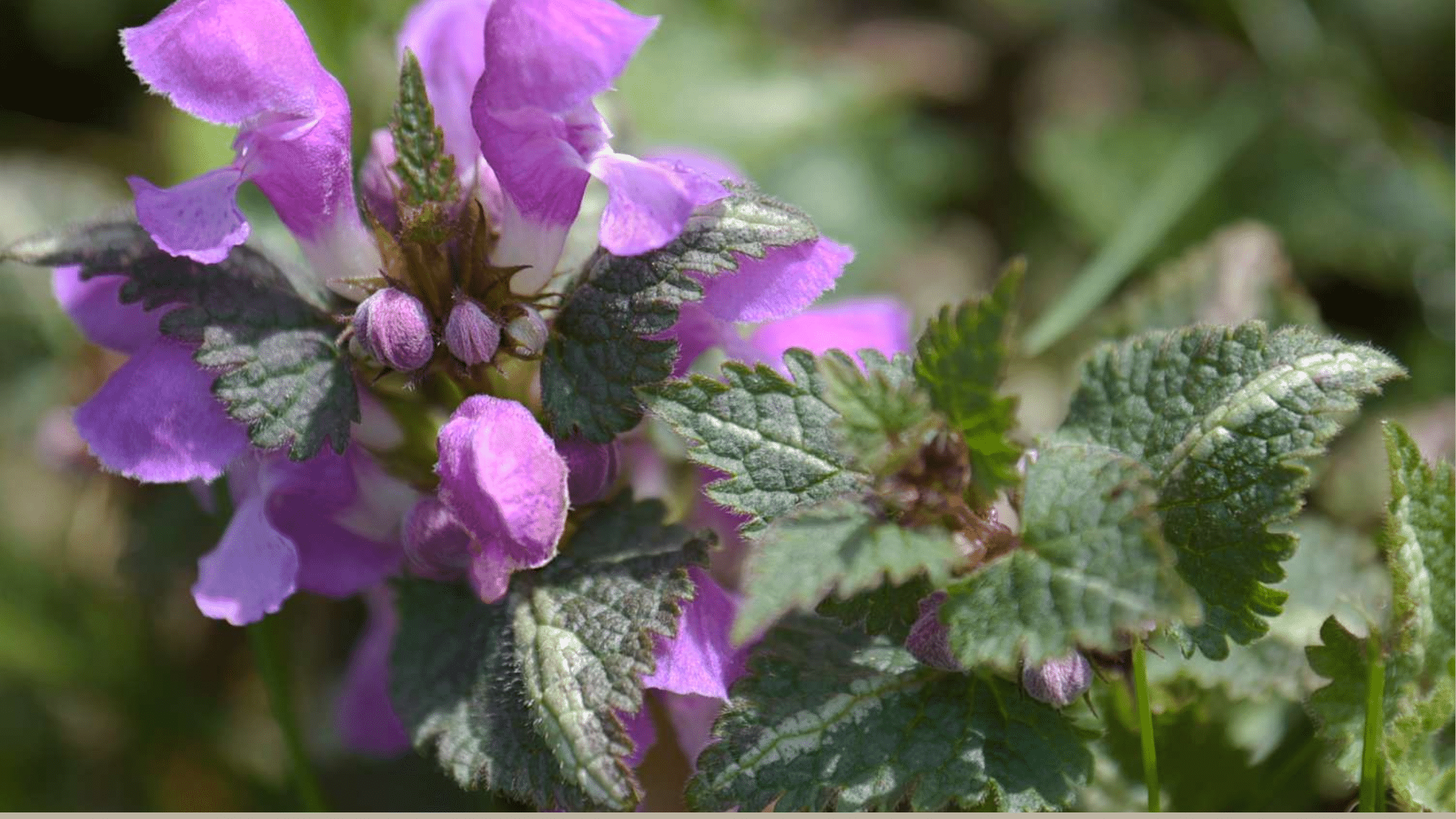
Features silver-marked leaves and purple flowers. This shade-loving plant creates a patchwork of color under trees. Its heart-shaped leaves have silver centers and green edges.
Small hooded flowers appear in late spring or early summer. Spotted dead nettle stays low and spreads at a moderate pace.
15. Wild Violets
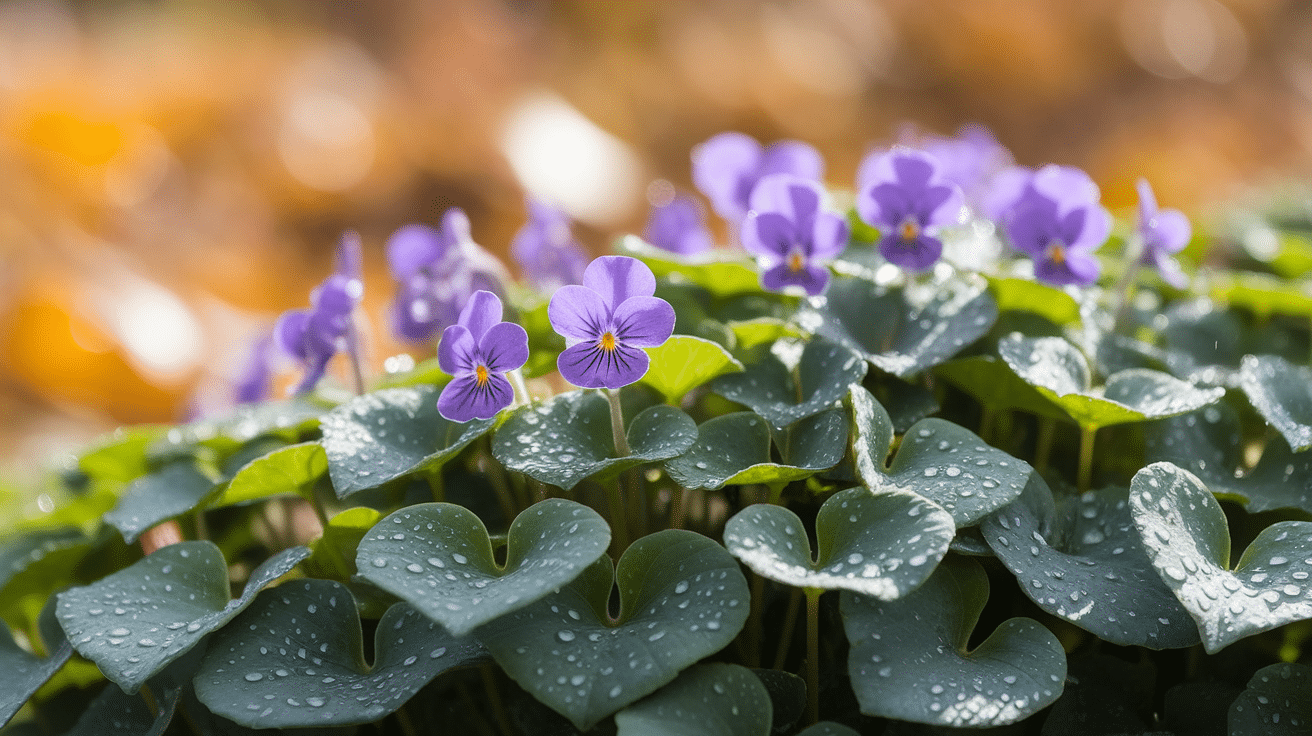
Small purple flowers appear above heart-shaped leaves. These native woodland plants spread both by runners and seeds.
The flowers may be purple, white, or yellow, depending on the type. Wild violets pop up in lawns and garden beds uninvited. They provide early spring nectar for bees and butterflies.
16. Water Hyacinth
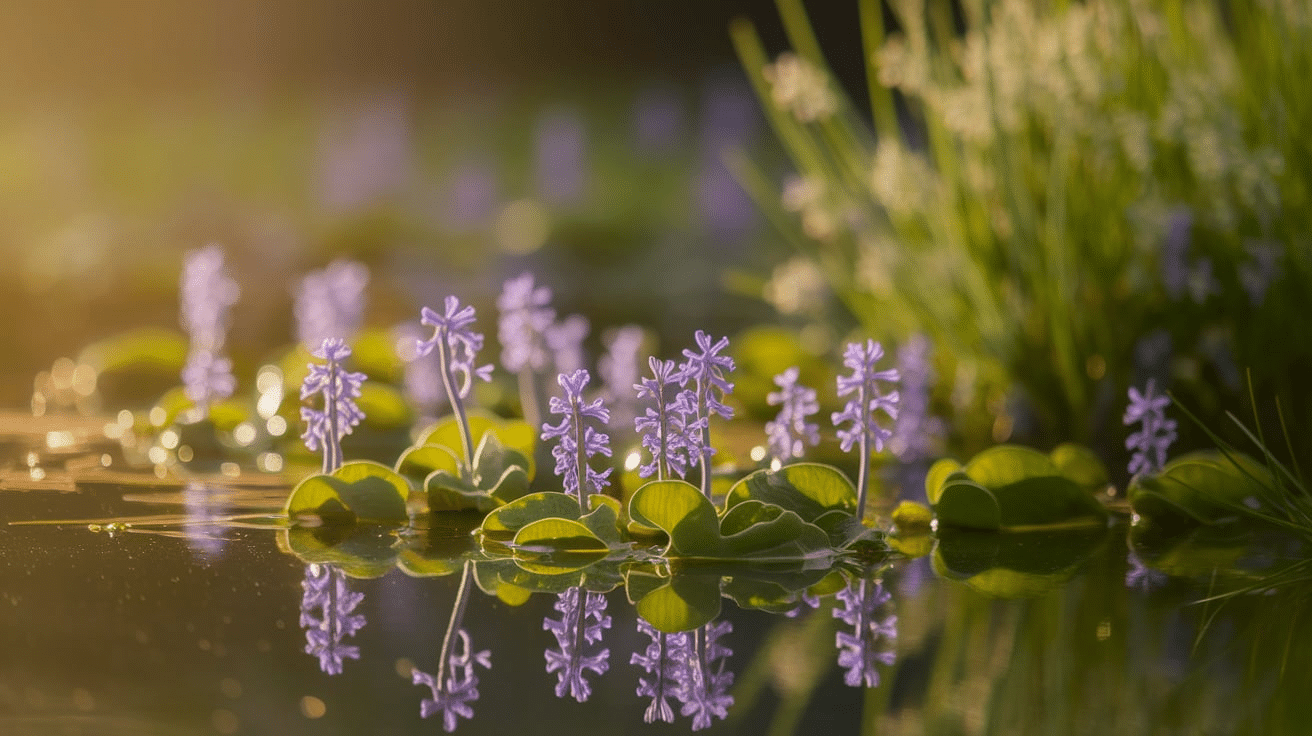
A floating plant that spreads across water surfaces. Its lavender flower spikes rise above glossy green leaves. The plants connect by horizontal stems just below the water.
Water hyacinth can double its population in just two weeks. In some areas, its quick growth makes it a problem plant.
17. Duckweed
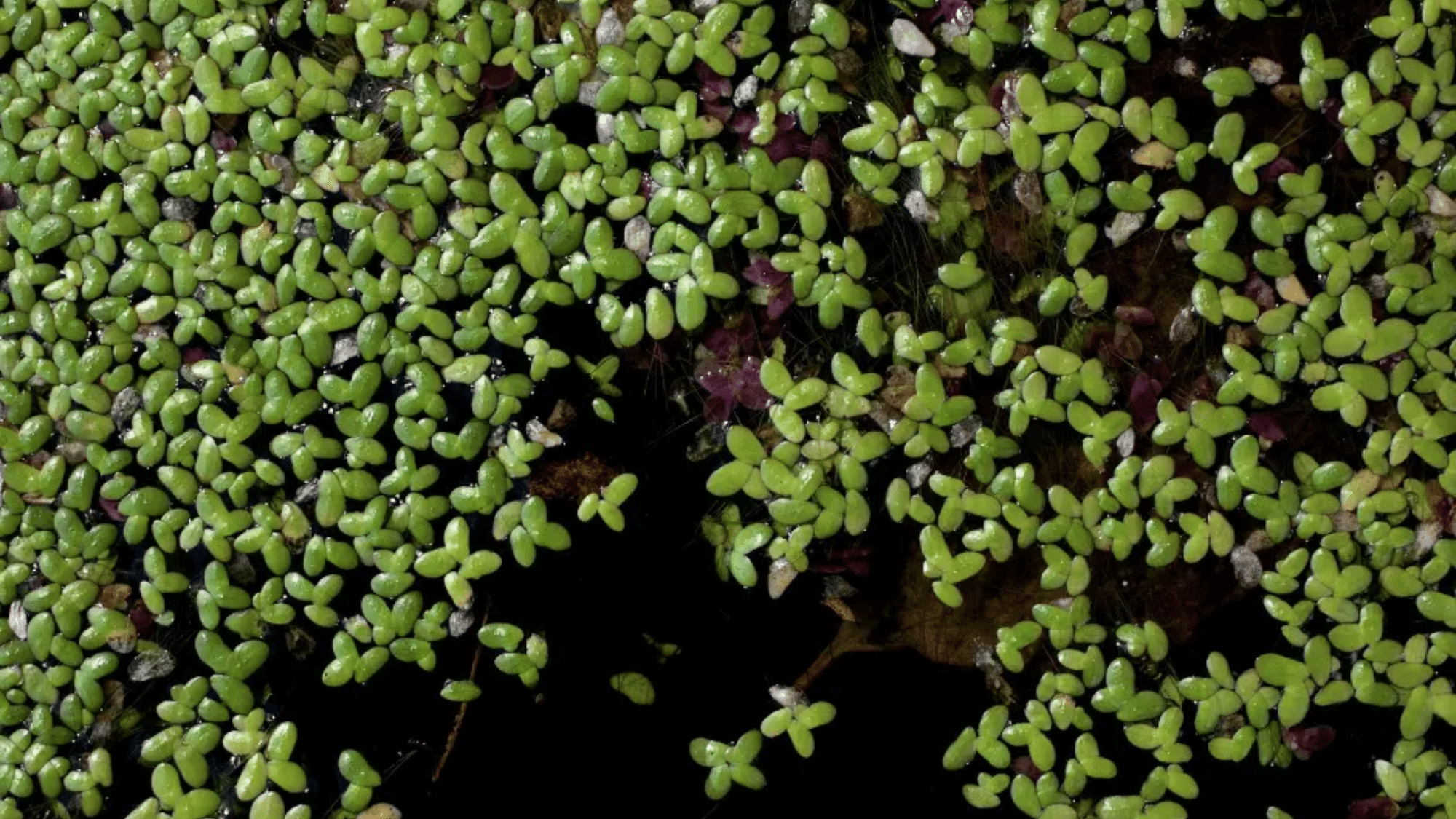
Tiny water plant that multiplies rapidly. Each plant looks like a small green disc floating on water.
Duckweed links together in groups that can cover ponds. Fish eat this plant, making it useful in some water gardens. It helps reduce algae by blocking sunlight and absorbing nutrients.
18. Creeping Thyme
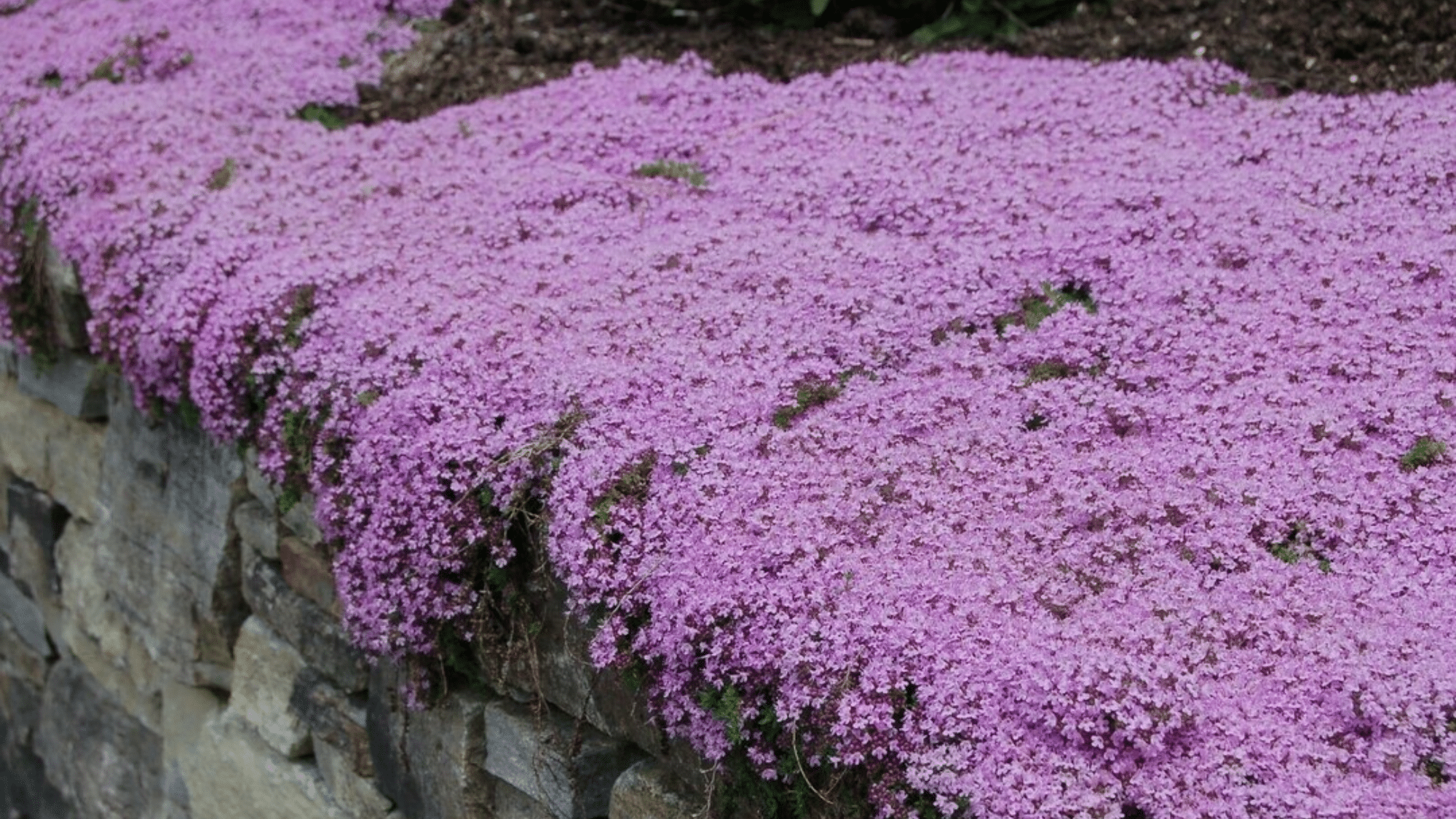
Low-growing herb with tiny leaves and purple flowers. This plant forms a flat mat that can handle light foot traffic.
When stepped on, it releases a pleasant, spicy scent—creeping thyme blooms in summer, attracting many bees. It requires full sun and well-drained soil to perform optimally.
19. Irish Moss
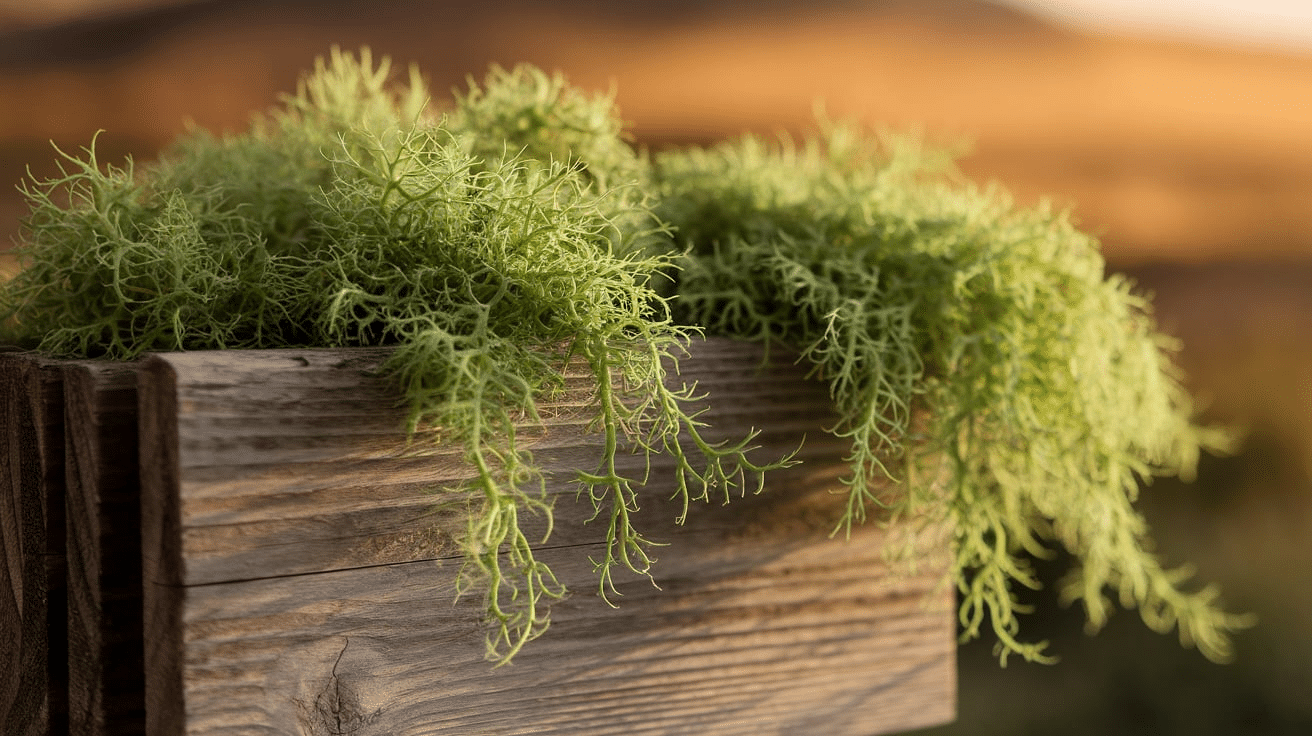
Creates a moss-like carpet of tiny green leaves. Despite its name, it’s not a true moss but a flowering plant.
The dense growth stays under two inches tall. Irish moss produces small white flowers in spring. It works well between stepping stones and in rock gardens.
20. Ice Plant
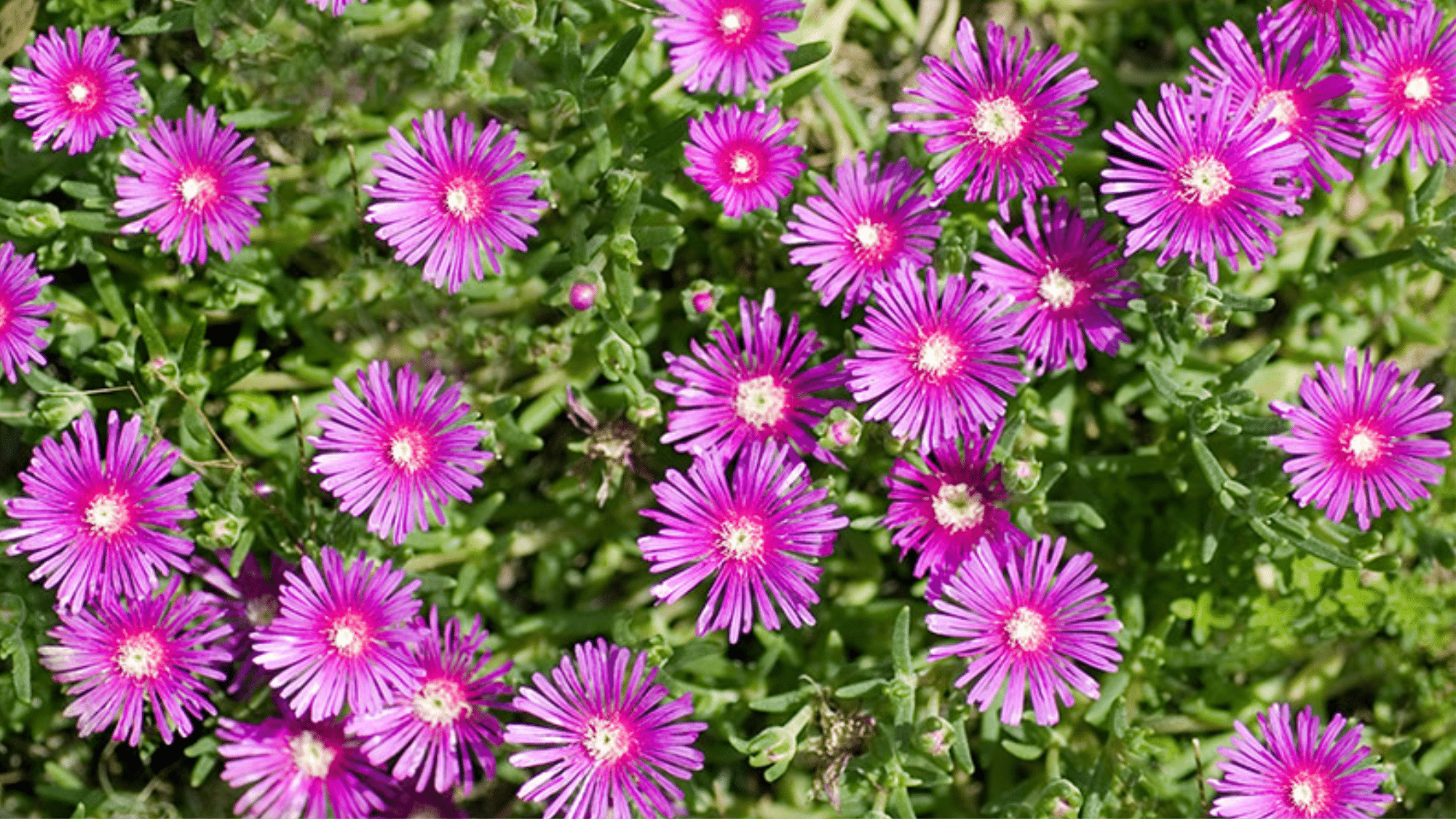
Features succulent leaves with vibrant flowers. This drought-tough plant stores water in its fleshy leaves.
The daisy-like flowers may be pink, purple, or yellow. Ice plant stems root as they grow along the ground. It needs full sun and sandy soil with excellent drainage.
Conclusion
All in all, runner plants provide a straightforward way to fill your garden with lush greenery. These fast-growing plants spread across the soil with minimal effort from you.
From tasty strawberries to colorful ground covers, runner plants bring both function and beauty to any garden space.
When adding runner plants to your garden, choose spots where their growth habit is most suitable. Some individuals need boundaries to prevent them from encroaching on unwanted areas.
Ready to try runner plants? Start with just one or two types from our list. Watch how they grow and spread in your unique garden conditions.















